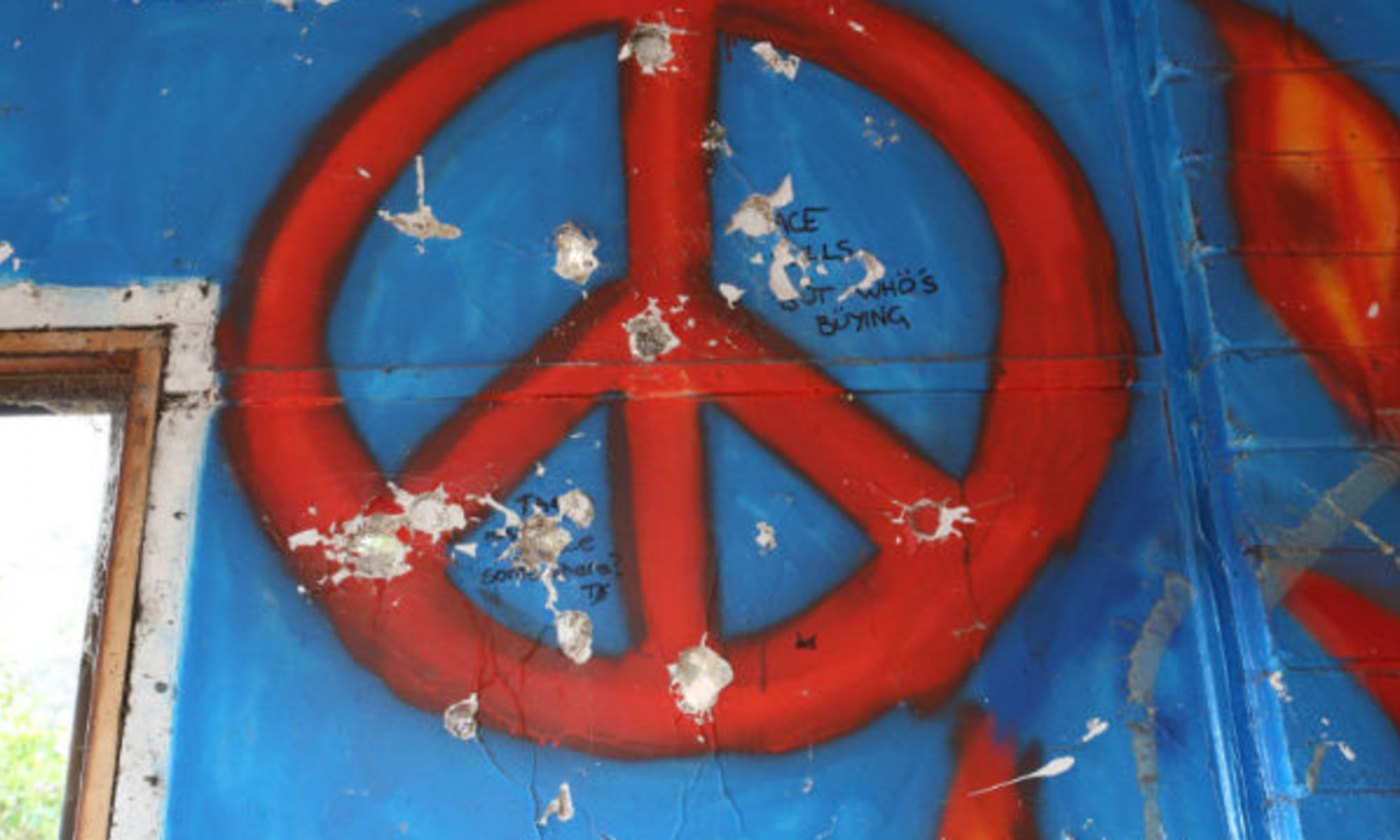By Ferial Berjawi
Today, we had the privilege of speaking to Middlebury’s president, Laurie Patton, who is a prestigious religious scholar and an author specialized in South Asian history and culture. She spoke to us about her unique approach to long-term peacebuilding, particularly in contexts of religious conflicts, through what she called “pragmatic pluralism”. She asserted that it is vital to have an interdisciplinary lens when analyzing conflicts and to consider how in certain situations, religion is used as a function of power, political, social, economic, and/or territorial disputes. However, she claims that once religion is introduced into a conflict, it adds on another layer to the conflict that alters the dynamics at play; thus, conflicts with a religious dimension are different and need to be studied differently to achieve sustainable peace and co-existence. This stems from the notion that you can negotiate issues, but it would be futile to negotiate deeply entrenched religious values which are about ultimate transcendence, finding a purpose in life, and fulfilling one’s destiny. She critiqued inter-religious dialogues in their attempt to find common values since religious values are nonnegotiable, so these dialogues do not result in lasting effects which would allow the community to thrive. She also stated that tolerance between religious groups is not enough because hostility will often persist and ultimately fuel violence.
Her approach, pragmatic pluralism, attempts to cultivate interdependent relationships where one religion needs another to be itself. She claims that one of the key paradigms of conflicts is that no religious conflict is solely a religious conflict, and that there are other dimensions that often play an imperative role. Hence, we can use these secular opportunities, which often stretch across religious identities, to create a context in which religious interdependence can succeed.
This theory resonates with me to a certain extent. I see how pragmatic pluralism exists in Lebanon where there are 18 different religious groups which have co-existed for centuries. Different sectarian groups need each other on a daily basis, so regardless of all the past violence and conflicts, Muslim Sunnis, Shia’s, Maronites, Orthodox Christians, Druze, etc, live, work, eat, and party together everyday in all parts of the country. However, these religious divides have been tremendously politicized, so sometimes, even the most trivial incidents will trigger inter-sectarian violence because ultimately the commitment and loyalty of some people to their respective religious group trump their economic or social interests. Hence, in this context, like it is in other parts of the world, pragmatic pluralism fails to create sustainable long-lasting peace, and it will continue to fail until the deep seated mistrust between the communities is addressed.
Similarly, I worry that this approach will also fail in the long run when, or if, the secular associational bonds which previously tied different groups together cease to exist. For example, let’s say that two families from two opposing religious groups collaborate on managing a business in their community. If something goes wrong in the business, or if it shuts down, the tensions between the families could very well exacerbate, leading to the re-emergence of deep divides, and maybe, violence.
Moreover, pragmatic pluralism attempts to start from the interpersonal level, and with that, create some sort of institutional or structural change. Nevertheless, it is challenging for me to see the effectiveness of this approach in contexts of religious conflicts where, more often than not, there is a hierarchy that privileges certain religious groups and disenfranchised another. When discussing the applicability of this approach in India’s caste system, Professor Patton did indeed agree that pragmatic pluralism in a hierarchical society reinforces that hierarchy and oppression of the lower caste; however, isn’t this also the case with religion? I brought up the Israeli/Palestinian conflict in the session, and she said that a group called Parents United in Youth brings together parents from both groups to talk about their shared experiences and losses. While this is definitely a great initiative to bring together Israelis and Palestinians, I am not sure how such interventions could lead to larger structural changes in a situation where the power dynamics are extremely unequal and the institutional hierarchy places Israelis on top of the pyramid and Palestinians at the very bottom.
I think this theory is definitely interesting – it is worth looking into, and it is important to study its applicability in different contexts to properly understand what dividers could be transformed into connects, how we can capitalize on existing assets in societies to bring groups together, as well as its shortcomings and risks. I would love to read more about it to understand its scope and depth, and the different strategies that could be used and tailored to different communities and stakeholders.


